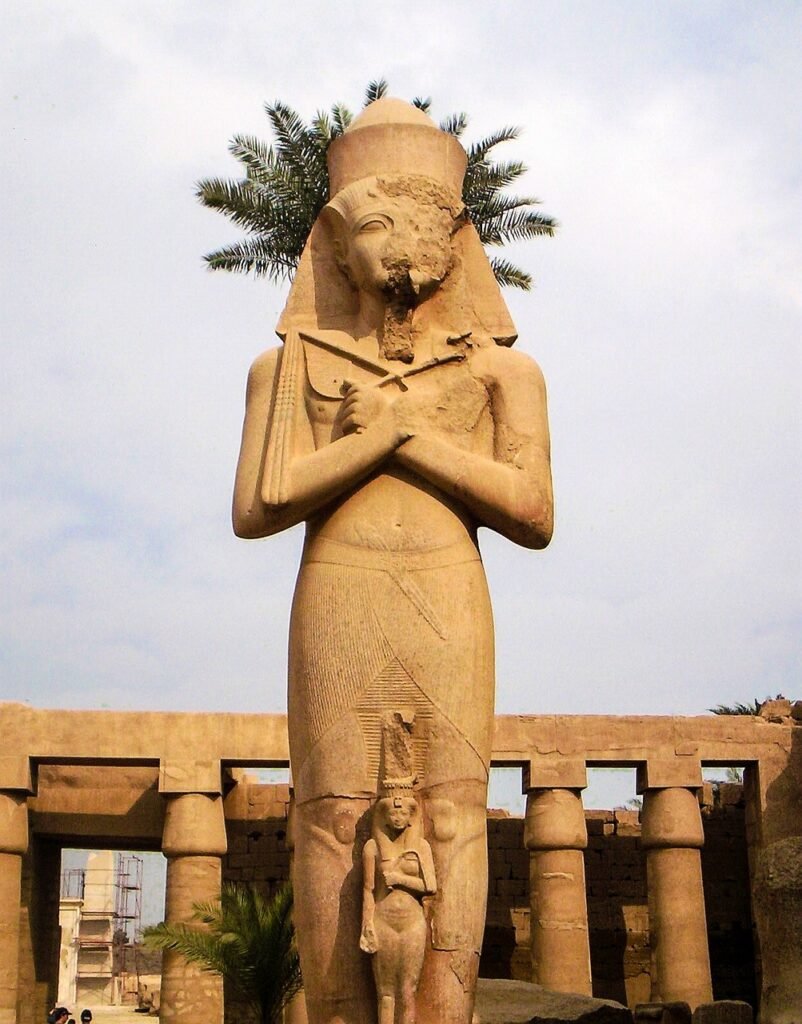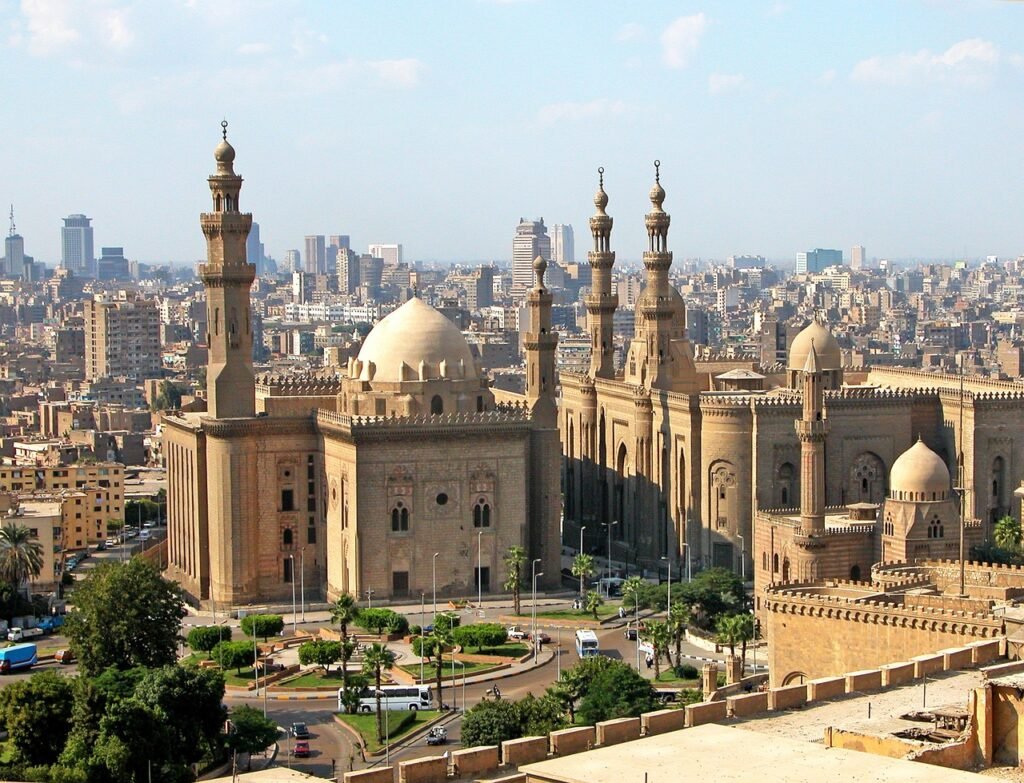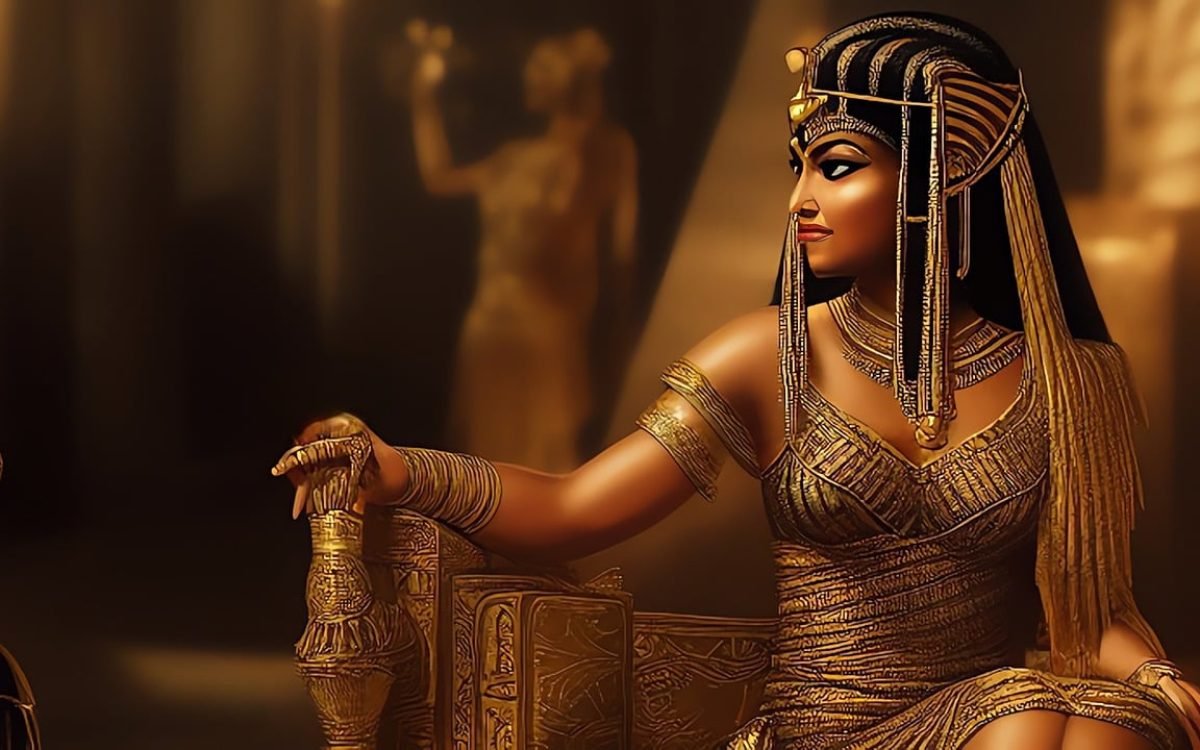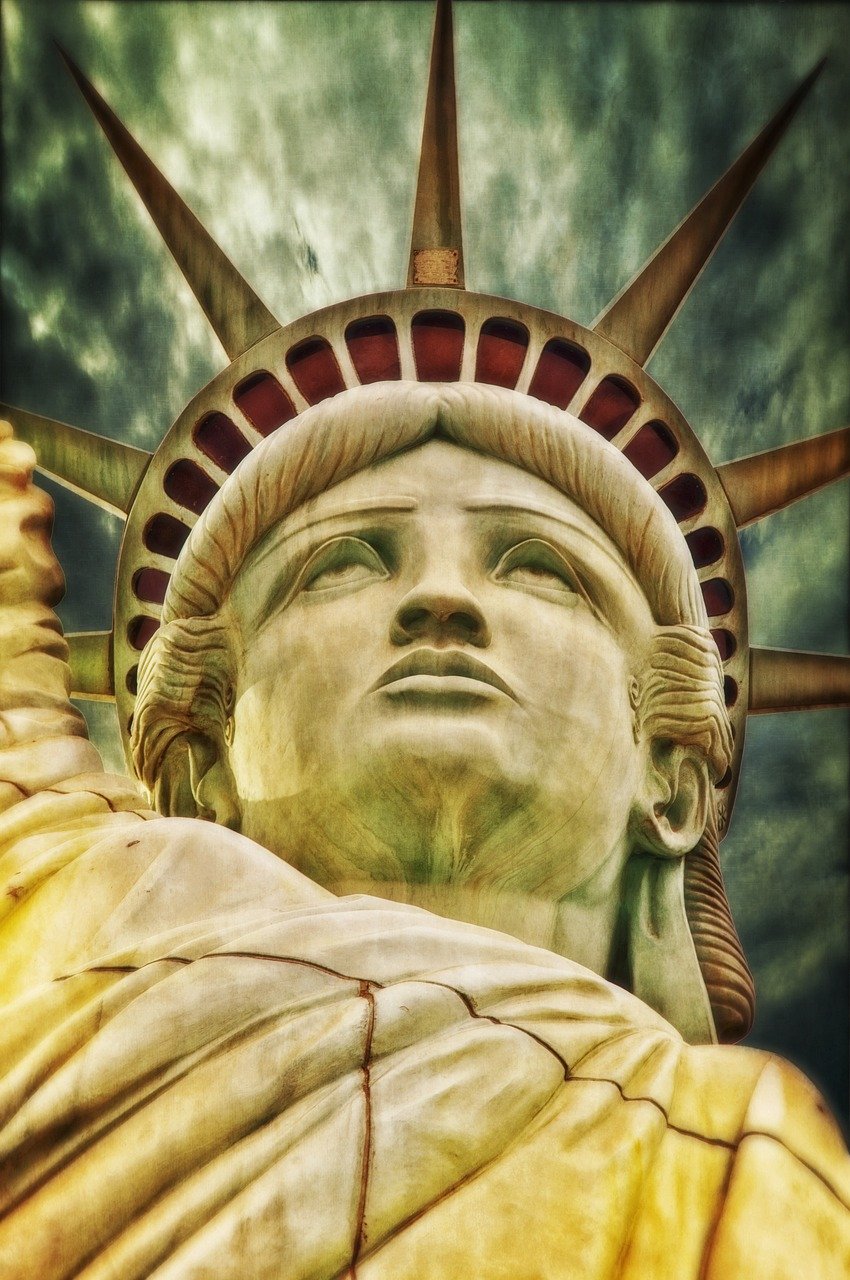Egypt, which connects northeastern Africa and the Middle East, has a long history. Along the rich Nile River Valley are numerous sites that date back thousands of years, such as the enormous Pyramids of Giza, the Great Sphinx, the hieroglyph-lined Karnak Temple, and the Valley of the Kings tombs at Luxor. Ottoman landmarks like Muhammad Ali Mosque and the Egyptian Museum, which is filled with artifacts, can be found in Cairo, the country’s capital.
i enjoyed my time in Luxor crossing the Nile every day to cycle all around the different sites.
Egypt is a fascinating country that offers a rich history, diverse culture, stunning landscapes, and amazing attractions. If you are looking for a memorable travel experience, Egypt should be on your bucket list. Here are some reasons why I think Egypt is such a great country to visit.
- You can witness the wonders of ancient civilization. Egypt is home to some of the most iconic monuments in the world, such as the Pyramids of Giza, the Sphinx, the Valley of the Kings, and the temples of Luxor and Karnak. These structures showcase the remarkable achievements of the ancient Egyptians, who built them thousands of years ago with incredible precision and skill. You can explore these sites with a guide or on your own, and learn about the history, mythology, and art of this ancient civilization.
- You can experience the beauty and diversity of nature. Egypt has a variety of natural landscapes that will take your breath away. You can enjoy the turquoise waters and white sand beaches of the Red Sea, where you can snorkel or dive among colorful coral reefs and exotic marine life. You can also venture into the desert, where you can see stunning rock formations, sand dunes, oases, and wildlife. You can also cruise along the Nile River, the longest river in the world, and admire the lush greenery and rural villages along its banks.
- You can immerse yourself in the culture and cuisine. Egypt has a rich and diverse culture that reflects its long and complex history. You can experience the vibrant and chaotic atmosphere of Cairo, the capital city, where you can visit museums, mosques, bazaars, and cafes. You can also visit other cities like Alexandria, Aswan, and Sharm El Sheikh, where you can see different aspects of Egyptian culture and heritage. You can also taste the delicious and varied cuisine of Egypt, which includes dishes like koshari (a mix of rice, pasta, lentils, chickpeas, fried onions, and tomato sauce), ful medames (cooked fava beans with spices), ta’ameya (fried fava bean patties), molokhia (a green soup made from jute leaves), and baklava (a sweet pastry with nuts and honey).
These are just some of the reasons why I think Egypt is such a great country to visit. Of course, there are many more things to see and do in this amazing country.

There are many ways to get around in Egypt, depending on your budget, preference, and destination. I personally used buses and domestic flights, but the next time i go there i would probably sail down the Nile. Here are some of the most common transportation options in Egypt:
- Train: Train is a comfortable and efficient way to travel between major cities along the Nile Valley, such as Cairo, Alexandria, Luxor, and Aswan. You can choose from different classes of service, from air-conditioned express trains to cheaper but slower local trains. You can also book a sleeper train for overnight journeys. Train tickets can be purchased online or at the station.
- Bus: Bus is a cheap and widely available way to travel within and between cities in Egypt. You can find buses that cover almost any route, from Cairo to the Red Sea coast, from Luxor to Aswan, and from Alexandria to Siwa Oasis. Buses vary in quality and comfort, from modern coaches with air-conditioning and toilets to old and crowded minibuses. You can buy bus tickets at the station or from authorized agents.
- Taxi: Taxi is a convenient and fast way to get around in urban areas, especially if you want to avoid the hassle of public transport. You can find taxis almost anywhere in Egypt, either by hailing them on the street or by calling them through an app. Taxis are usually metered, but you may need to negotiate the fare before getting in. You can also hire a taxi for a longer trip or a day tour, but make sure to agree on the price beforehand.
- Microbus: Microbus is a popular and cheap way to travel short distances within cities or between nearby towns. Microbuses are small vans that can fit up to 14 passengers, and they usually run on fixed routes with no fixed schedule. You can hop on and off a microbus at any point along the way, but you may have to wait for it to fill up before it departs. Microbuses are not very comfortable or safe, but they are fast and frequent.
- Metro: Metro is a modern and efficient way to travel within Cairo, the capital city of Egypt. The metro system has three lines that cover many areas of the city, from the airport to the pyramids, from the downtown to the suburbs. The metro is clean, cheap, and easy to use, but it can get very crowded during peak hours. You can buy metro tickets at the station or use a smart card.
- Felucca: Felucca is a traditional wooden sailing boat that can take you on a relaxing and scenic cruise along the Nile River. Feluccas are usually rented by tourists who want to enjoy the views of the ancient temples, tombs, and villages along the riverbank. You can book a felucca for a few hours or for several days, depending on your itinerary. Feluccas are not very luxurious or comfortable, but they offer a unique and authentic experience of Egypt.
- Cruise boat: Cruise boat is a more comfortable and luxurious way to travel along the Nile River. Cruise boats are large ships that offer cabins, restaurants, bars, pools, and entertainment facilities. Cruise boats usually operate between Luxor and Aswan, stopping at various historical sites along the way. You can book a cruise boat through a travel agency or online.
- Camel: Camel is an adventurous and fun way to explore the desert areas of Egypt, such as the Sahara or the Sinai Peninsula. Camels are often used by tourists who want to visit remote oases, sand dunes, rock formations, or Bedouin villages. You can ride a camel for a few hours or for several days, depending on your preference. Camels are not very fast or comfortable, but they are well-adapted to the harsh environment of the desert.
- Car rental: Car rental is an option for travelers who want more freedom and flexibility in their travel plans. You can rent a car from various agencies in major cities or airports in Egypt, but you will need an international driving license and insurance. Driving in Egypt can be challenging and risky due to poor road conditions, heavy traffic, and erratic drivers. You will also need a permit if you want to drive in restricted areas of the desert.
- Domestic flight: Domestic flight is the fastest and most convenient way to travel between distant destinations in Egypt, such as Cairo and Sharm El Sheikh, Luxor and Hurghada, or Aswan and Abu Simbel. Domestic flights are operated by EgyptAir and other airlines, and they usually depart from Cairo International Airport or other regional airports. Domestic flights can be expensive compared to other modes of transport, but they can save you time and hassle.
- Bicycle: Bicycle is an eco-friendly and healthy way to get around in some areas of Egypt, such as the countryside, the islands, or the coastal towns. Bicycles are not very common in Egypt, but you can find some places that rent them for a reasonable price. Bicycles are not suitable for long distances or busy roads, but they can be a great way to explore the local scenery and culture at your own pace.
These are some of the most common transportation options in Egypt.

“Egypt is a great place for contrasts: splendid things gleam in the dust.” – Gustave Flaubert. “Egypt is the most magical place on Earth.” – Kate Moss. “Egypt is a treasure house of history, religion, and culture.” – Sharmeen Obaid-Chinoy.
Egypt is a country that has fascinated me since I was a child, my parents even had wallpaper of the chariots in my room. I have always dreamed of seeing the pyramids, the sphinx, and the temples of the ancient pharaohs. But Egypt is more than just its monuments. It is a country with a rich and diverse culture, a long and turbulent history, and a warm and hospitable people.
I arrived in Cairo, the capital and largest city of Egypt, after a long flight from Sydney. Cairo is a bustling metropolis that combines the old and the new, the traditional and the modern. The city is home to over 20 million people, who live in a mix of high-rise buildings, historic districts, and informal settlements. Cairo is also the cultural and political center of Egypt, with many museums, art galleries, theaters, and mosques.
One of the first things I did in Cairo was to visit the Museum of Egyptian Antiquities1, which houses the world’s largest collection of ancient Egyptian artifacts. I was amazed by the mummies, statues, jewelry, and papyri that displayed the achievements and beliefs of this ancient civilization. The highlight of the museum was the Tutankhamun Gallery, where I saw the famous golden mask and coffin of the boy king.
The next day, I took a taxi to Giza, a suburb of Cairo that hosts the most iconic sight of Egypt: the pyramids. The Pyramids of Giza2 are the last surviving wonder of the ancient world, and they are truly awe-inspiring. They were built over 4,000 years ago as tombs for the pharaohs Cheops, Chephren, and Mycerinus. The largest pyramid, that of Cheops, is 146 meters high and consists of 2.3 million stone blocks. Next to the pyramids stands the Sphinx2, a mythical creature with a lion’s body and a human’s head, which guards the entrance to the necropolis.
I spent several hours exploring the pyramids and their surrounding complex, which includes smaller pyramids, temples, tombs, and boat pits. I also had the opportunity to enter one of the pyramids and see the burial chamber of the pharaoh. It was a claustrophobic but thrilling experience to walk through narrow corridors and steep shafts inside this ancient wonder.
After visiting the pyramids, I decided to experience another aspect of Egyptian culture: its cuisine. I went to a local restaurant and ordered some typical dishes: fūl mudammis3, a stew of fava beans and spices; mulūkhiyyah3, a soup of green leaves and meat; kuftah3, spiced meatballs; and koshari3, a mix of rice, lentils, pasta, tomato sauce, and fried onions. The food was delicious and filling, and I enjoyed it with some fresh bread and mint tea.
The following day, I boarded a train to Luxor4, a city in Upper Egypt that was once the capital of the New Kingdom pharaohs. Luxor is often called the world’s largest open-air museum because it has so many temples and tombs that date back to ancient times. I checked into a hotel by the Nile River and prepared for my sightseeing.
Luxor is divided into two parts by the river: the east bank and the west bank. The east bank is where most of the modern city lies, as well as two magnificent temples: Karnak4 and Luxor4. Karnak is the largest religious complex ever built by humans, covering an area of 200 acres. It consists of several temples dedicated to different gods, such as Amun-Ra, Mut, Khonsu, and Montu. The most impressive part of Karnak is the Hypostyle Hall4, which has 134 colossal columns that support a roof decorated with stars.
Luxor Temple4 is smaller but equally impressive. It was built by Amenhotep III and Ramses II as a place for celebrating festivals and rituals. The temple has a long avenue of sphinxes that leads to its entrance, where two giant statues of Ramses II stand guard. Inside the temple are beautiful reliefs and statues that depict scenes from Egyptian mythology and history.
The west bank of Luxor is where most of the ancient tombs are located. The most famous one is the Valley of the Kings4, where 63 pharaohs were buried in rock-cut chambers decorated with colorful paintings. Among them is Tutankhamun’s tomb4, which was discovered in 1922 by Howard Carter with its treasures intact. Another remarkable tomb is that of Seti I5, which has some of the finest carvings and paintings in Egypt.
Besides the Valley of the Kings, there are other interesting sites on the west bank, such as the Valley of the Queens4, where the wives and children of the pharaohs were buried; the Temple of Hatshepsut4, a monumental structure built by the female pharaoh who ruled Egypt for 22 years; and the Colossi of Memnon4, two giant statues of Amenhotep III that once flanked his mortuary temple.
After spending two days in Luxor, I decided to take a cruise on the Nile River, the lifeblood of Egypt. The Nile is the longest river in the world, and it has played a vital role in the history and culture of Egypt. Along its banks, I saw many villages, farms, and palm trees, as well as some wildlife, such as crocodiles, hippos, and birds. The cruise also stopped at some other ancient sites, such as the Temple of Edfu5, dedicated to Horus, the falcon-headed god; the Temple of Kom Ombo5, dedicated to Sobek, the crocodile god; and the Temple of Philae1, dedicated to Isis, the goddess of magic and healing.
The cruise ended in Aswan4, a city in southern Egypt that is known for its scenic location and its role in the construction of the Aswan High Dam. The dam is a massive engineering project that was built in the 1960s to control the flooding of the Nile and provide hydroelectric power. The dam also created Lake Nasser, one of the largest artificial lakes in the world. However, the dam also threatened some of the ancient monuments that were submerged by its waters. One of them was the Temple of Abu Simbel4, a masterpiece of Ramses II that features four colossal statues of him at its facade. To save this temple and others from destruction, an international campaign was launched to relocate them to higher grounds. I visited Abu Simbel by taking a bus from Aswan, and I was amazed by its size and beauty.
After Aswan, I flew back to Cairo and spent my last day in Egypt exploring some other attractions in the city. I visited the Citadel6, a medieval fortress that was built by Saladin and later expanded by other rulers. The Citadel has several mosques, museums, and palaces within its walls, but the most famous one is the Mosque of Muhammad Ali6, also known as the Alabaster Mosque. This mosque is a stunning example of Ottoman architecture, with its domes, minarets, and marble interior.
I also visited the Coptic Quarter6, where some of the oldest Christian churches in Egypt are located. The Coptic Church is one of the oldest branches of Christianity, dating back to the first century AD. The Coptic Quarter has several churches, monasteries, and museums that showcase the history and art of this community. One of them is the Hanging Church7, which is built on top of a Roman gatehouse and has a wooden roof that resembles Noah’s ark.
My final stop in Cairo was Khan el-Khalili6, a huge bazaar that sells everything from souvenirs to spices. Khan el-Khalili is a labyrinth of narrow alleys and stalls that offer a glimpse into Cairo’s vibrant and food culture.

The best time to visit Egypt depends on your preferences and interests, but generally speaking, the months between October and April are considered the most favorable for traveling to this fascinating country. During this period, the weather is mild and sunny, and you can enjoy exploring the ancient monuments, the desert landscapes, and the Nile River without suffering from the extreme heat or the crowds of tourists. However, you should also be aware that some religious holidays, such as Eid al-Adha and Eid al-Fitr, may affect the availability of transportation and services, and that the winter months of December and January are the most expensive and busiest in terms of accommodation and flights.
Egyptian culture is a rich and diverse blend of ancient traditions, modern influences, and religious beliefs. Egyptians are very proud of their heritage and identity, and they value their family, community, and hospitality. Egyptians are also very religious, mostly following Islam or Christianity, and they observe various rituals and festivals throughout the year. Some of the most important religious holidays are the two Eids (Eid al-Adha and Eid al-Fitr), which mark the end of the pilgrimage to Mecca and the fasting month of Ramadan respectively, the Prophet’s birthday (Mawlid), which celebrates the birth of Muhammad, and Coptic Christmas (January 7), which commemorates the birth of Jesus according to the Coptic Orthodox Church.
Egyptian customs are influenced by both their religious and social norms. Some of the most common customs that you should be aware of when visiting Egypt are:
- Greeting: Egyptians greet each other by saying “as-salamu alaykum” (peace be upon you), to which the reply is “wa alaykum as-salam” (and upon you peace). They also shake hands with people of the same gender, and sometimes hug or kiss on the cheek if they are close friends or relatives. However, physical contact between men and women who are not related or married is generally avoided in public. It is also polite to inquire about one’s health, family, and work when greeting someone.
- Dress: Egyptians dress modestly and conservatively, especially in rural areas and religious sites. Men usually wear long pants and shirts, while women cover their hair with a scarf (hijab) and wear loose-fitting clothes that cover their arms and legs. Visitors should respect this dress code and avoid wearing shorts, skirts, tank tops, or anything that reveals too much skin or cleavage. Wearing sunglasses, hats, or sunscreen is also advisable to protect oneself from the sun.
- Dining: Egyptians are very hospitable and generous hosts, and they often invite guests to their homes for meals or tea. If you are invited to an Egyptian home, you should bring a small gift such as flowers, sweets, or chocolates, but avoid alcohol or anything related to pigs, as they are forbidden in Islam. You should also remove your shoes before entering the house, and compliment the host on their home and food. When eating, you should use your right hand only, as the left hand is considered unclean. You should also eat from your side of the shared plate and leave some food on your plate to show that you are satisfied. It is customary to offer to pay for the meal if you are invited to a restaurant, but expect your host to refuse your offer.
- Tipping: Tipping is expected in Egypt for almost any service, such as restaurants, hotels, taxis, guides, etc. The amount of tip depends on the quality of service and your satisfaction, but generally ranges from 5% to 15% of the bill. You should always have some small change with you for tipping purposes.






